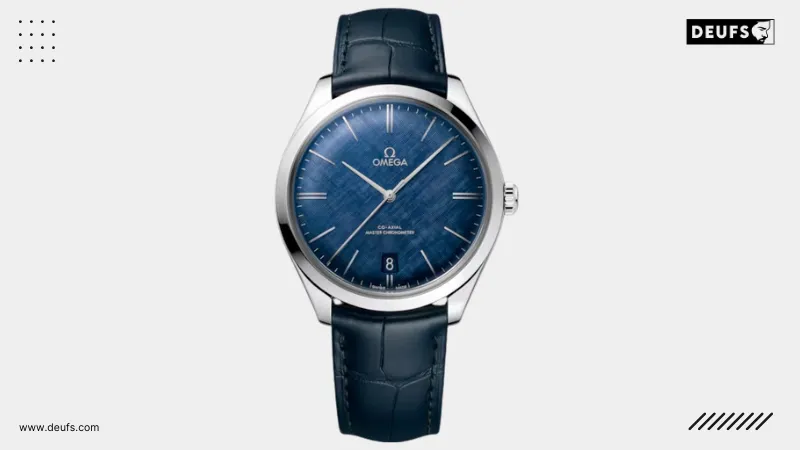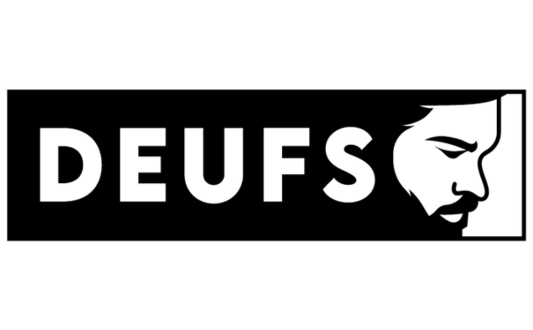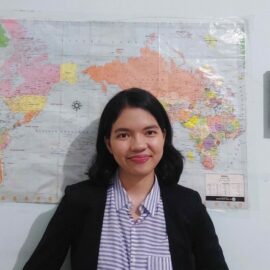
What are Manual-Wind Movements in Watches?
A manual-wind movement in a watch is a type of mechanism that uses a winding crown and mainspring to power the watch. Unlike automatic or quartz movements, which use the motion of the wearer’s wrist or an electric current to keep the watch running, a manual-wind movement relies on the user to manually wind the crown in order to keep the mainspring tight and the watch ticking.
In a manual-wind movement, the winding crown is connected to the mainspring, which is the source of power for the watch. When the crown is turned, it tightens the mainspring, which stores energy that is then used to power the watch’s functions, such as the hands and any complications (additional features, such as a date or moon phase display).
The History of Manual-Wind Movements
Manual-wind movements have been around since the early days of watchmaking, with some of the first pocket watches using this type of mechanism. In the centuries since, manual-wind movements have evolved and improved, becoming more precise and reliable.
One of the key developments in the history of manual-wind movements was the introduction of the balance spring, also known as the hairspring. This small, spiral-shaped spring is attached to the balance wheel, which is the part of the watch that oscillates back and forth to keep time. The balance spring helps to regulate the oscillations of the balance wheel, ensuring that the watch keeps accurate time.
Another important development was the invention of the lever escapement, which is the mechanism that allows the watch’s gears to move forward in small, precise increments. This allows the watch to keep time more accurately than was previously possible with a manual-wind movement.
The Benefits of Manual-Wind Movements
One of the biggest benefits of manual-wind movements is their precision. Because they don’t rely on the motion of the wearer’s wrist or an electric current to keep them running, manual-wind watches are able to maintain a high level of accuracy without the need for frequent adjustments. This makes them a great choice for those who need their watch to be extremely precise, such as pilots or athletes.
Another benefit of manual-wind movements is their longevity. Because they don’t have any electronic components, manual-wind watches are less susceptible to wear and tear over time. This means that they can last for many years, even decades, with proper care and maintenance.
Additionally, many watch enthusiasts appreciate the experience of winding a manual-wind watch. This daily ritual allows the wearer to interact with their timepiece in a way that is not possible with automatic or quartz movements. It also gives the wearer a sense of connection to the rich history of watchmaking, as manual-wind movements have been used in timepieces for centuries.
Examples of Manual-Wind Movements in Watchmaking

One of the most well-known examples of a manual-wind movement is the Rolex Oyster Perpetual. This classic timepiece uses a manual-wind movement that is known for its precision and durability. The Oyster Perpetual is available in a range of sizes and styles, making it a versatile choice for any watch enthusiast.

Another example is the Omega De Ville Tresor. This elegant watch uses a manual-wind movement that is encased in a beautiful rose gold case, making it both functional and fashionable. The De Ville Tresor also features a transparent caseback, which allows the wearer to see the inner workings of the manual-wind movement.
The Future of Manual-Wind Movements in Watchmaking
While automatic and quartz movements have become increasingly popular in recent years, manual-wind movements are still an important part of the watchmaking world. Many watch aficionados appreciate the charm and craftsmanship of these timepieces, and as a result, they are likely to continue to be used in high-end watches for years to come.
In fact, some watchmakers are even experimenting with new and innovative designs for manual-wind movements. For example, some are incorporating additional complications, such as tourbillons or perpetual calendars, into their manual-wind watches. Others are using new materials and techniques to make their movements more precise and durable.
Conclusion
In conclusion, manual-wind movements are a fascinating and enduring part of the world of watchmaking. With their precision, longevity, and charm, these timepieces offer something that no other type of movement can match. Whether you’re a watch enthusiast or simply someone who appreciates the art and science of timekeeping, a manual-wind watch is a great choice for anyone who wants a truly unique and special timepiece.
Frequently Asked Questions
Q: What is a manual-wind movement in a watch?
A: A manual-wind movement in a watch is a type of mechanism that uses a winding crown and mainspring to power the watch. Unlike automatic or quartz movements, which use the motion of the wearer’s wrist or an electric current to keep the watch running, a manual-wind movement relies on the user to manually wind the crown in order to keep the mainspring tight and the watch ticking.
Q: What are the benefits of a manual-wind movement?
A: The benefits of a manual-wind movement include precision and longevity. Because they don’t rely on the motion of the wearer’s wrist or an electric current to keep them running, manual-wind watches are able to maintain a high level of accuracy without the need for frequent adjustments. Additionally, because they don’t have any electronic components, manual-wind watches are less susceptible to wear and tear over time, making them able to last for many years with proper care and maintenance.
Q: Are there any well-known examples of manual-wind movements in watchmaking?
A: Yes, there are several well-known examples of manual-wind movements in watchmaking. The Rolex Oyster Perpetual and the Omega De Ville Tresor are both classic timepieces that use manual-wind movements known for their precision and durability.
Q: What does the future hold for manual-wind movements in watchmaking?
A: While automatic and quartz movements have become increasingly popular in recent years, manual-wind movements are still an important part of the watchmaking world. Many watch aficionados appreciate the charm and craftsmanship of these timepieces, and as a result, they are likely to continue to be used in high-end watches for years to come.






